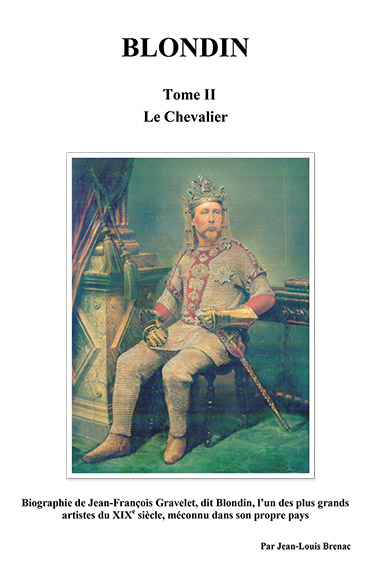On the twenty-ninth of February, eighteen hundred and twenty-four, at ten o’clock in the morning, before us, Liévin Prévost, Mayor, public officer of the Civil Registry of the town of Hesdin, District of Montreuil, Department of Pas-de-Calais, appeared André Gravelet, rope-leaper and rope-dancer, aged thirty-four years, residing in Saint-Maixant, Department of Deux-Sèvres, who presented to us a male child, born yesterday at eight o’clock in the evening, of him, the declarant, and of Eulalie Merlet, his wife, aged thirty years, and to whom he declared he was giving the forenames Jean François.
The said declarations and presentation were made in the presence of Gaspard Blancart, aged seventy-four years, woodworker, and Joseph Blancart, innkeeper, aged twenty-five years, both residing in this town.
And the said Gravelet has signed this act with us, the said Blancarts having declared they do not know how to sign, upon being asked after the reading.
Signatures: Prévost and André Gravelet

